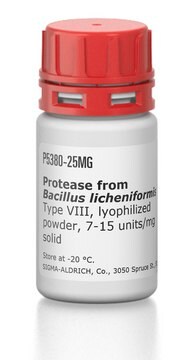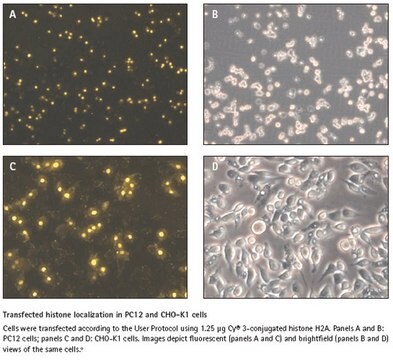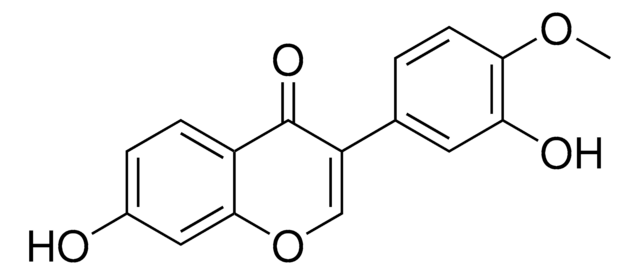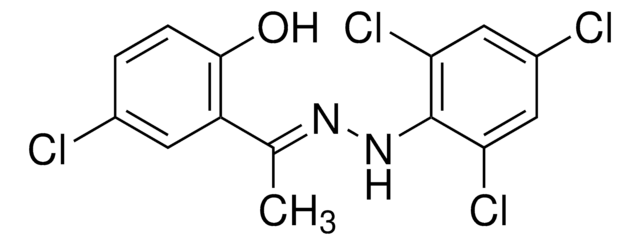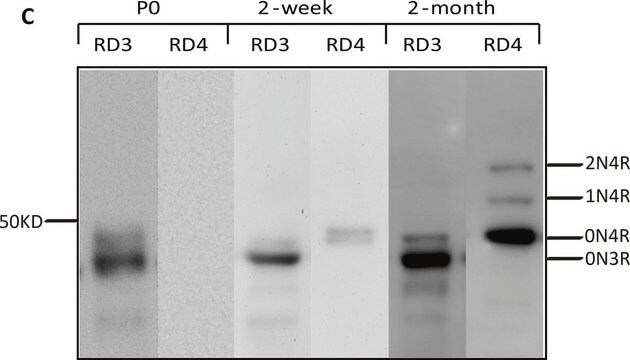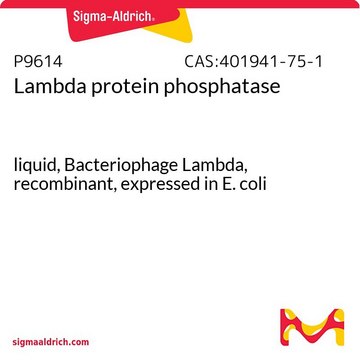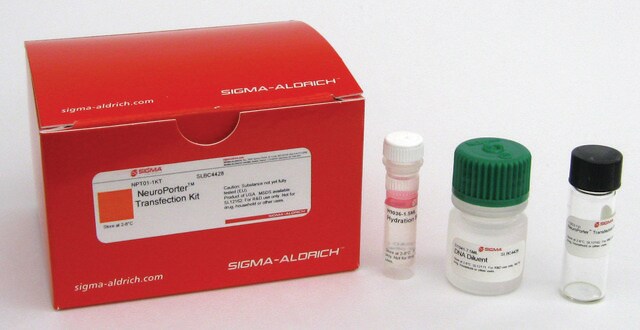BPQ24
BioPORTER® QuikEase™ Protein Delivery Kit
for intracellular delivery
Synonyme(s) :
BioPORTER Kit, Protein Delivery Kit
Se connecterpour consulter vos tarifs contractuels et ceux de votre entreprise/organisme
About This Item
Code UNSPSC :
12352202
Nomenclature NACRES :
NA.26
Produits recommandés
Niveau de qualité
Technique(s)
transduction: suitable
Conditions d'expédition
dry ice
Température de stockage
−20°C
Vous recherchez des produits similaires ? Visite Guide de comparaison des produits
Description générale
Contains 24 individual tubes of BioPORTER reagent
Application
BioPORTER® QuikEase™ Protein Delivery Kit has been used to deliver active granzyme B tagged with FITC into mouse neuroblastoma cell lines. Protein concentrations used for delivery were 6μg/ml which when stained for FITC-GrB yielded a 90% uptake rate.
BioPORTER® QuikEase™ Protein Delivery Kit has been used:
- for the delivery of single-chain antibody variable fragment (scFv) into HeLa cells
- for the transduction of QBI-293 cells with human Tau protein
- for the delivery of human granzyme B (GrB) in human cervical cancer cells
- for the delivery of epidermal fatty acid-binding protein (E-FABP) into nerve growth factor-differentiated PC12 cells (NGFDPC12)
The BioPORTER® QuikEase™ Protein Delivery Kit is the latest innovation in macromolecule delivery technology. It is a unique lipid-based formulation that allows for the intracellular delivery of proteins, peptides, and bioactive molecules such as enzymes and antibodies, into a broad range of cell types. The BioPORTER QuikEase kits contain individual tubes of the BioPORTER Reagent in a convenient, ready-to-use, single reaction format. Each tube contains sufficient material of the lyophilized BioPORTER Reagent to perform 1 reaction in a 6-well plate (or 35 mm dish), 4 reactions in a 24-well plate (or 16 mm wells), and 10 reactions in a 96-well plate.
Informations légales
BioPorter is a registered trademark of Gene Therapy Systems, Inc.
QuikEase is a trademark of Gene Therapy Systems, Inc.
Code de la classe de stockage
10 - Combustible liquids
Classe de danger pour l'eau (WGK)
WGK 3
Point d'éclair (°F)
Not applicable
Point d'éclair (°C)
Not applicable
Faites votre choix parmi les versions les plus récentes :
Déjà en possession de ce produit ?
Retrouvez la documentation relative aux produits que vous avez récemment achetés dans la Bibliothèque de documents.
Seeding of normal Tau by pathological Tau conformers drives pathogenesis of Alzheimer-like tangles
Guo JL and Lee VMY
The Journal of Biological Chemistry, 286(17), 15317-15331 (2011)
E. coli expression of a soluble, active single-chain antibody variable fragment containing a nuclear localization signal
Xiong H, et al.
Protein Expression and Purification, 66(2), 172-180 (2009)
Cancer vaccination drives Nanog-dependent evolution of tumor cells towards an immune-resistant and stem-like phenotype
Noh KH, et al.
Cancer Research, canres-ca3758 (2012)
Xianzhi Jiang et al.
Journal of virology, 85(5), 2325-2332 (2010-12-24)
The herpes simplex virus type 1 (HSV-1) latency-associated transcript (LAT) is the only HSV-1 gene transcript abundantly expressed throughout latency. LAT null mutants have a significantly reduced reactivation phenotype. LAT's antiapoptosis activity is the major LAT factor involved in supporting
Jo-Wen Liu et al.
Journal of neurochemistry, 132(1), 85-98 (2014-08-26)
Epidermal fatty acid-binding protein (E-FABP/FABP5/DA11) binds and transport long-chain fatty acids in the cytoplasm and may play a protecting role during neuronal injury. We examined whether E-FABP protects nerve growth factor-differentiated PC12 cells (NGFDPC12 cells) from lipotoxic injury observed after
Notre équipe de scientifiques dispose d'une expérience dans tous les secteurs de la recherche, notamment en sciences de la vie, science des matériaux, synthèse chimique, chromatographie, analyse et dans de nombreux autres domaines..
Contacter notre Service technique